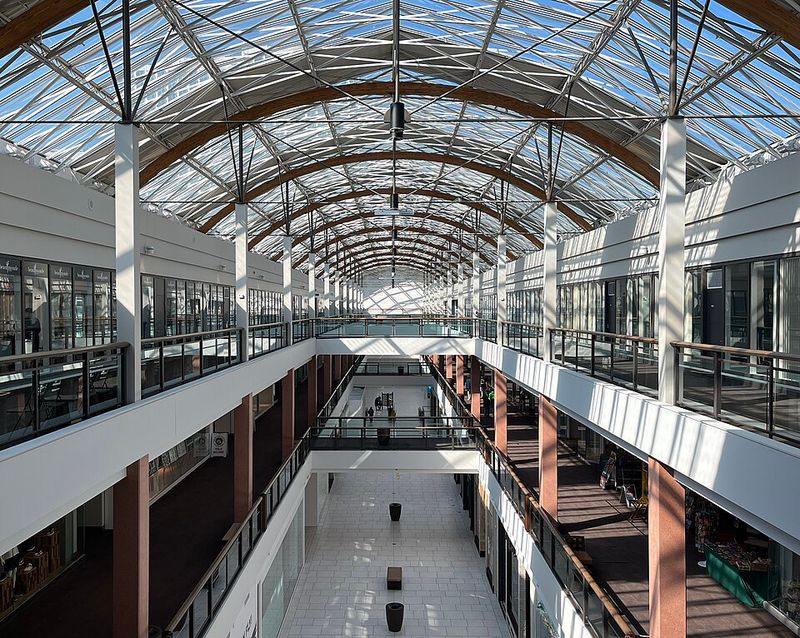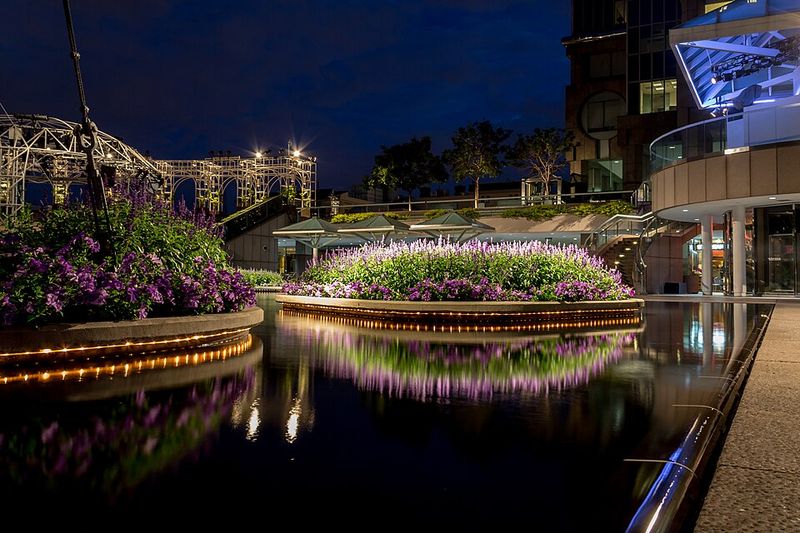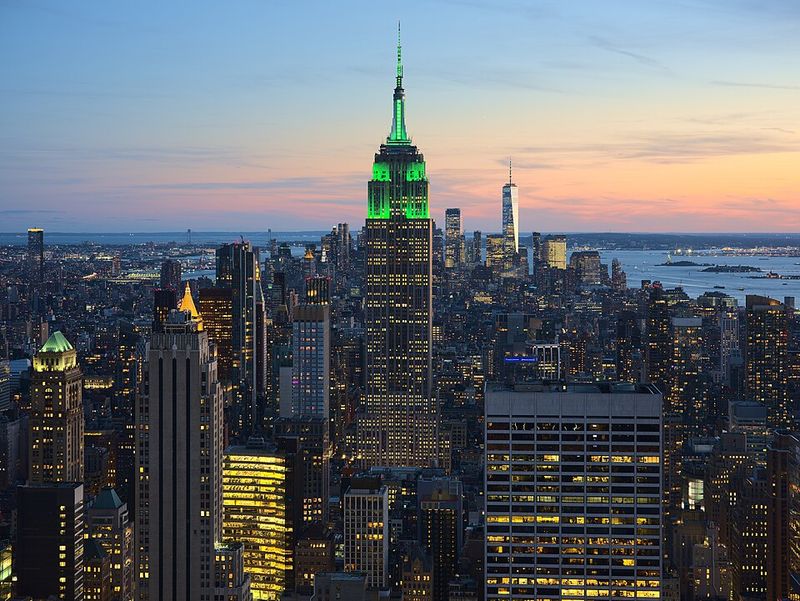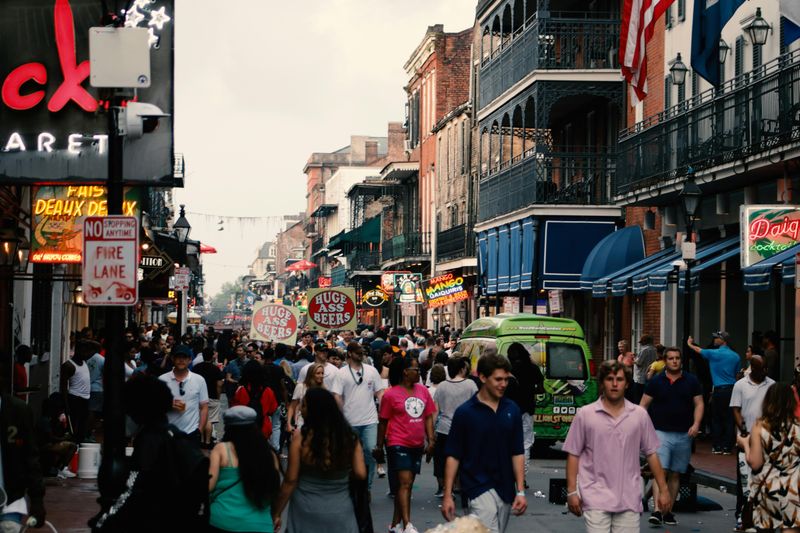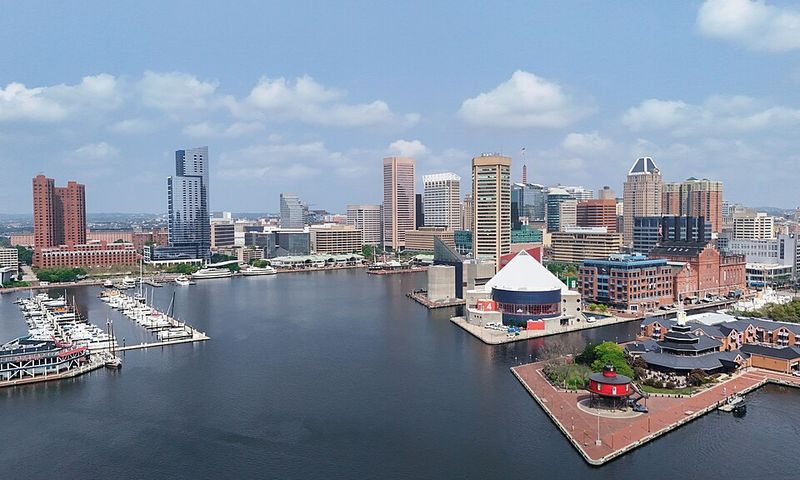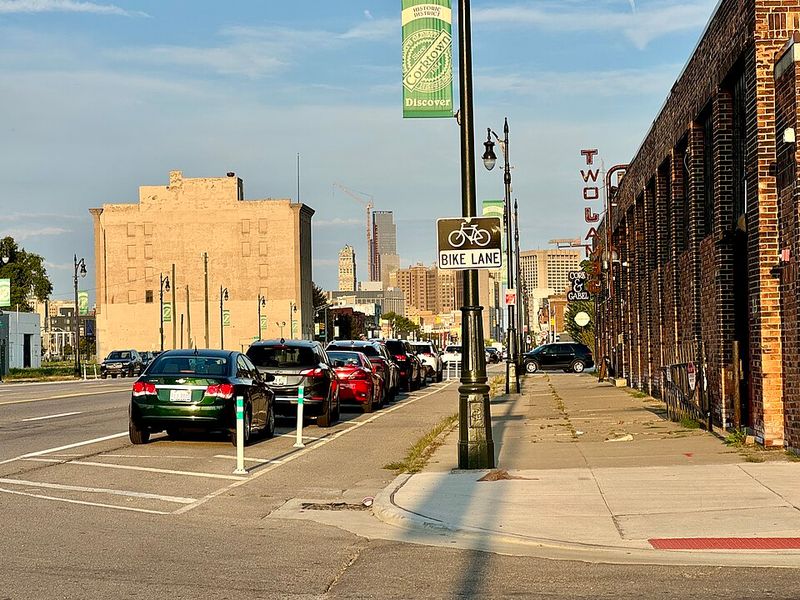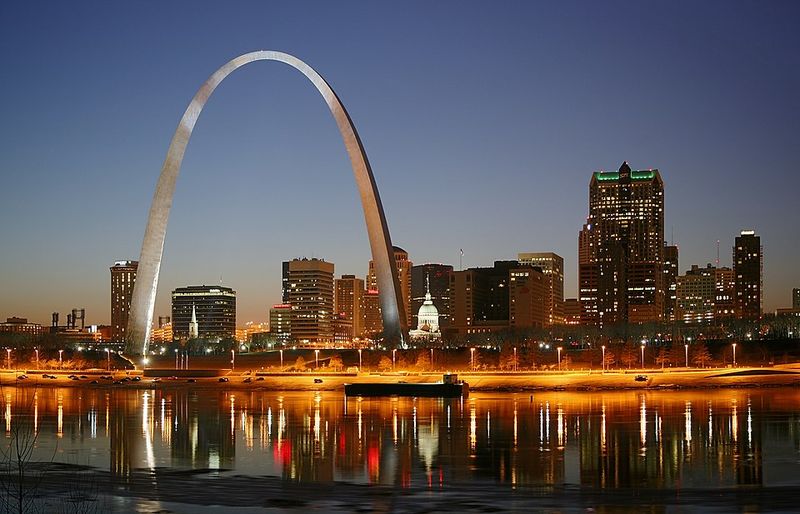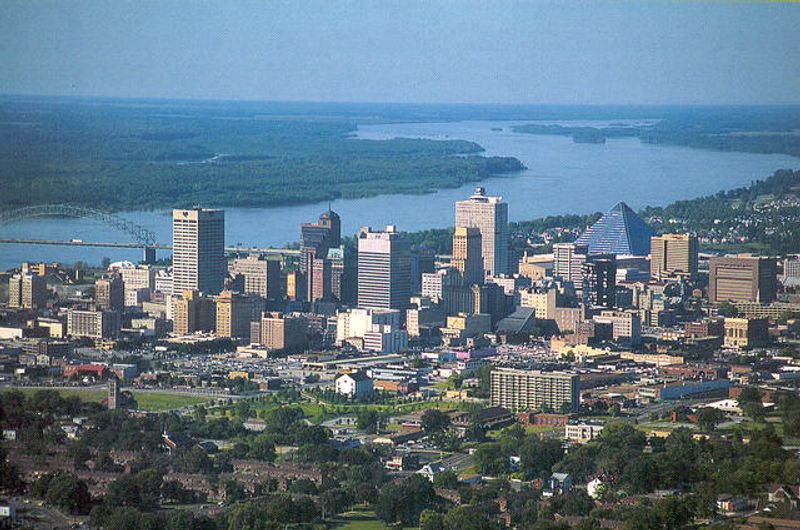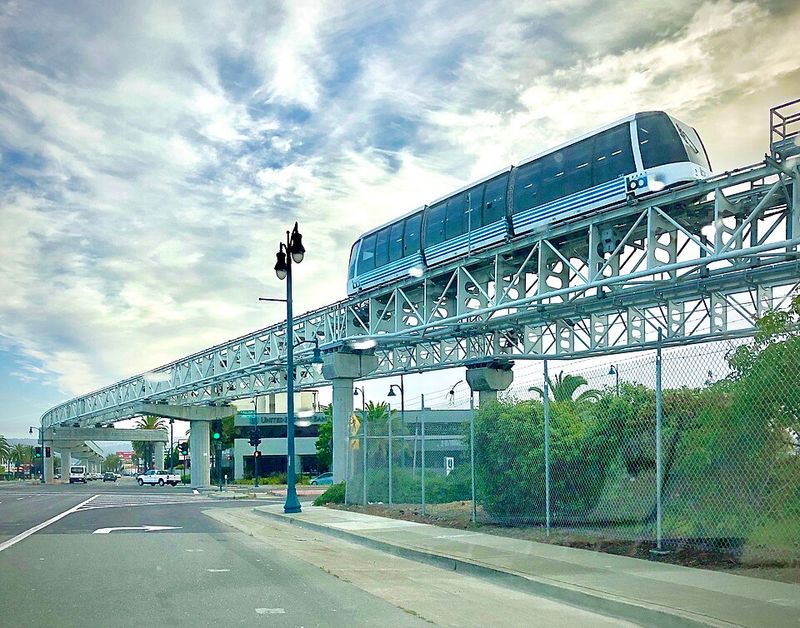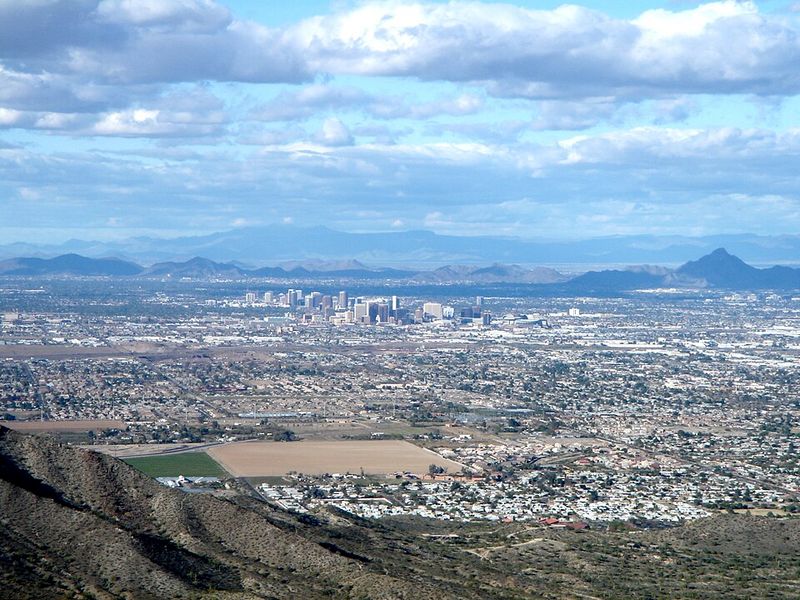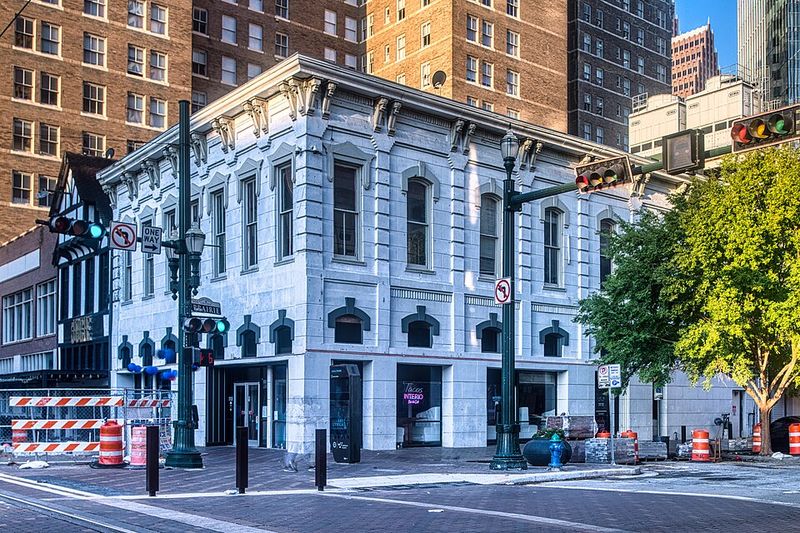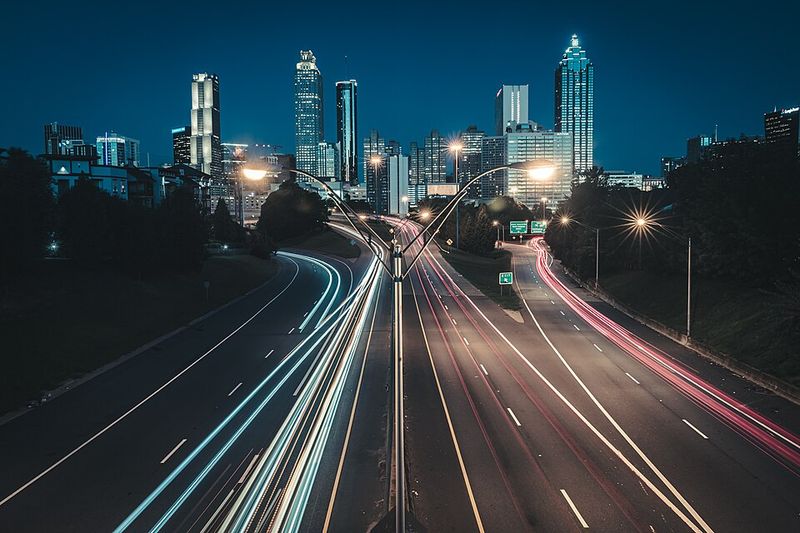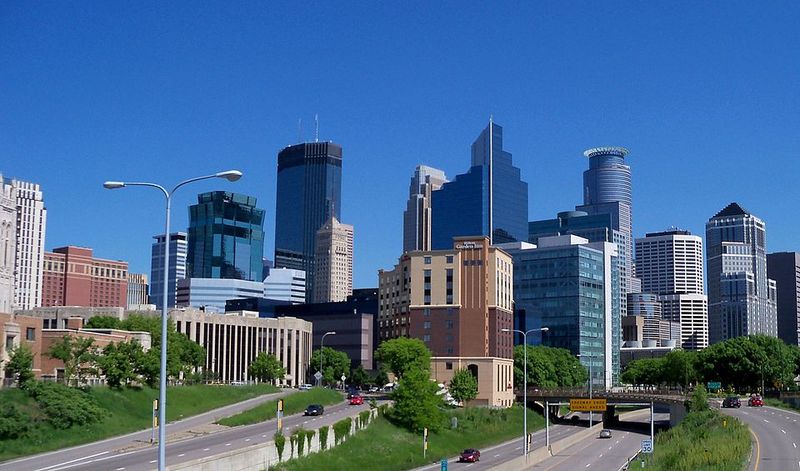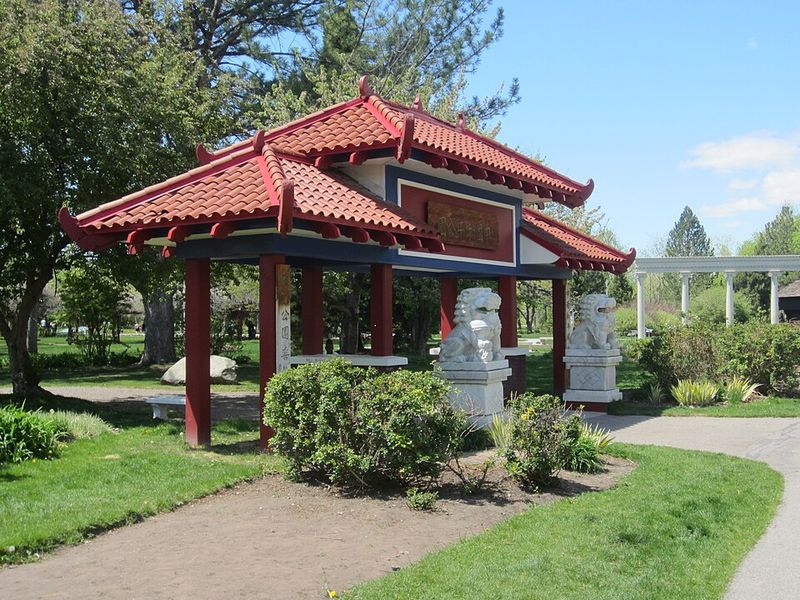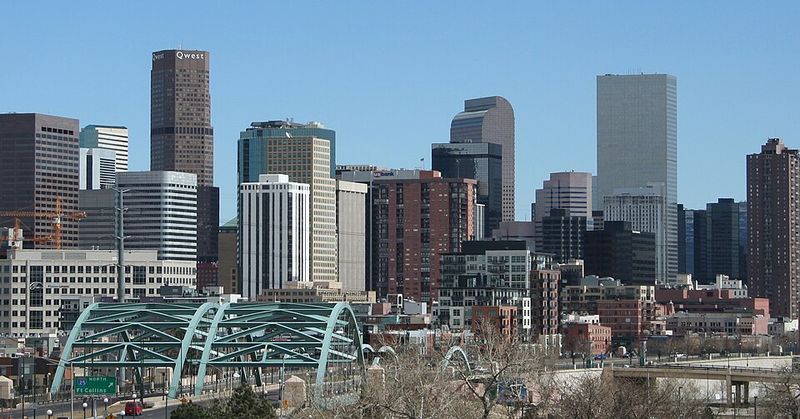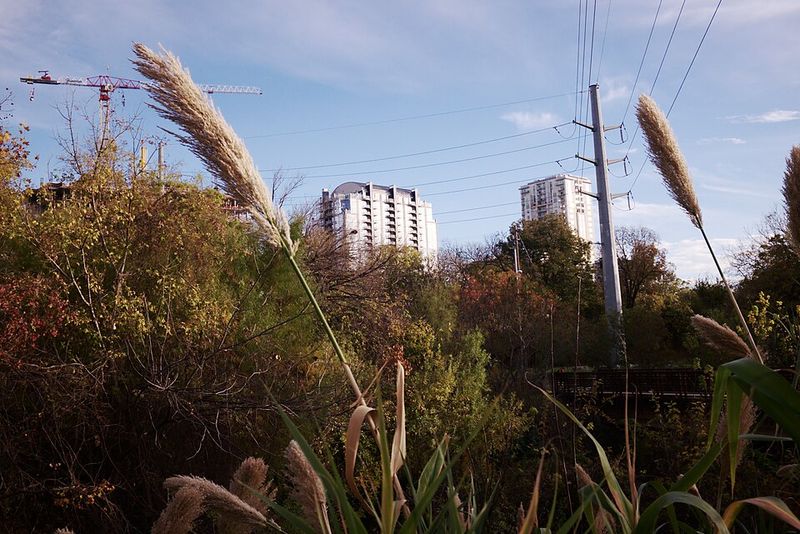Not every destination ages gracefully. While some cities are thriving with revitalized downtowns and booming economies, others are struggling – with rising crime, crumbling infrastructure, or shrinking populations. According to data from the U.S. Census Bureau, FBI, and housing analysts, these 23 cities are facing serious declines that travelers and residents alike can’t ignore.
1. San Francisco, California – Tech Exodus and Rising Crime
San Francisco was once the crown jewel of the tech boom. However, major companies and residents are now packing up. Office vacancies have reached record highs, reflecting the city’s economic turmoil. Retail theft has surged, adding to the woes of local businesses.
The cost of living remains daunting, driving many out of the city. The housing crisis exacerbates the issue, with prices still among the highest in the nation. The city’s charm is overshadowed by these growing challenges.
Despite its scenic beauty and cultural landmarks, San Francisco’s struggles are evident. The once-vibrant city faces a future clouded by uncertainty, grappling to retain its status as a top tech hub.
2. Portland, Oregon – Downtown Decline
Portland’s downtown, once bustling with life, now faces decline. Rising homelessness and drug use have become pervasive challenges. Businesses shuttered during the pandemic have yet to recover.
Visitor numbers have plummeted, and the city’s tourism bureau reports a significant drop compared to pre-2020 levels. The once-vibrant arts scene struggles to draw the crowds it once did.
Efforts to rejuvenate the area are underway, but progress is slow. The city’s unique charm is under threat, as residents and visitors alike grapple with the reality of its changing landscape.
3. Chicago, Illinois – Crime and Financial Troubles
Chicago’s struggles with crime and financial woes are well-documented. Rising crime rates continue to plague the city, deterring potential residents and businesses. The looming pension debt adds a heavy burden to the city’s finances.
Despite initiatives to enhance public safety, many have opted to move to the suburbs. This exodus shrinks the city’s tax base, complicating recovery efforts.
Chicago’s cultural richness remains, but the city’s issues threaten its vibrancy. Navigating these hurdles is critical for the city to thrive once more.
4. Los Angeles, California – Sky-High Costs and Urban Strain
The allure of Los Angeles is undeniable, yet beneath the surface lies significant strain. Housing remains unaffordable, with median rents surpassing $3,000 a month. This pushes many Angelenos to seek refuge elsewhere.
Traffic congestion and worsening smog contribute to the city’s urban challenges. The growing homelessness crisis adds another layer of complexity.
While LA’s entertainment industry thrives, the city’s infrastructure struggles to keep pace. Solutions to these pressing issues are essential for maintaining its status as a cultural icon.
5. Seattle, Washington – From Boom to Backlash
Seattle was once hailed as a tech utopia, but now faces backlash. Surging crime rates and housing costs have become persistent issues. Public safety concerns have led to convention cancellations and business relocations.
The city’s rapid growth has left infrastructure struggling to keep up. Housing remains costly, forcing many residents to the outskirts or beyond.
Seattle’s innovative spirit remains, but addressing these challenges is crucial. Finding a balance between growth and sustainability will define its future.
6. San Diego, California – Paradise Under Pressure
San Diego’s stunning beauty hasn’t shielded it from mounting pressures. Housing is among the most expensive in the nation, and the homelessness crisis continues to grow. Infrastructure, from roads to water systems, struggles to keep pace with demand.
The city’s popularity as a tourist destination remains, yet challenges loom large. Addressing these issues is crucial to preserving its appeal.
San Diego’s vibrant culture and natural allure offer hope. However, proactive measures are needed to ensure a sustainable future for this coastal paradise.
7. New York City, New York – Rising Costs, Declining Quality of Life
New York City, the iconic metropolis, faces its fair share of challenges. Rising costs and declining quality of life are pressing issues for many residents. Subway crime and office vacancies add to the city’s concerns.
The soaring rent makes it increasingly unlivable for middle-income families. Despite this, New York’s cultural and economic vibrancy persists.
Efforts to address these challenges are underway, aiming to maintain the city’s allure. As it navigates these hurdles, New York’s resilience remains a beacon of hope.
8. New Orleans, Louisiana – Violent Crime and Infrastructure Collapse
New Orleans, known for its culture and charm, grapples with serious challenges. Violent crime ranks among the highest in the U.S., casting a shadow over its vibrant atmosphere. Infrastructure issues, from roads to drainage, persist, leaving the city vulnerable to flooding.
Power systems remain fragile, with frequent outages. Despite these hurdles, New Orleans’ spirit endures, driven by its rich heritage and community.
Addressing these challenges is essential for the city’s future. Restoring its infrastructure and enhancing safety will pave the way for a brighter tomorrow.
9. Baltimore, Maryland – Population Flight
Baltimore faces a significant population decline, losing nearly 7% of its residents in the past decade. Persistent violent crime and struggling schools drive many families away, despite redevelopment efforts.
The city’s rich history and cultural offerings remain, but challenges loom large. Addressing these issues is crucial to reversing the trend.
As Baltimore navigates these hurdles, efforts to revitalize its neighborhoods are ongoing. The city’s potential for transformation lies in community engagement and strategic planning.
10. Detroit, Michigan – Slow Recovery
Detroit’s comeback story faces headwinds, with parts of downtown revitalized but much of the city still challenged. Poverty, vacancy, and infrastructure decay persist, casting a shadow over progress.
Population loss continues, albeit at a slower pace, as the city strives to rebuild. The automotive capital’s resilience remains a beacon of hope.
Efforts to address these challenges are ongoing, focusing on sustainable development and community engagement. Detroit’s future hinges on its ability to balance growth with revitalization.
11. St. Louis, Missouri – Shrinking and Struggling
St. Louis faces a rapid population decline, one of the fastest in the Midwest. Crime, job loss, and decades of disinvestment have left large parts of the city abandoned.
Despite these challenges, St. Louis’ cultural and historical richness endures. Efforts to revitalize the city are ongoing, focusing on sustainable development and economic growth.
The path to recovery for St. Louis lies in addressing crime and fostering community resilience. The city’s potential for transformation remains strong, driven by its vibrant history and spirit.
12. Philadelphia, Pennsylvania – Crime and Cleanliness Issues
Philadelphia’s challenges with crime and cleanliness are well-known. Violent crime rates have risen sharply in recent years, while cleanliness complaints surge.
City leaders are committed to restoring tourism confidence after a pandemic-era slump. Efforts to address these issues are in motion, seeking to rejuvenate the city’s vibrant atmosphere.
Philadelphia’s resilience and cultural richness offer hope for a brighter future. Addressing these challenges is key to maintaining its status as a top destination.
13. Memphis, Tennessee – Crime and Economic Gaps
Memphis faces one of the nation’s highest violent crime rates, presenting a significant challenge for residents and businesses. Despite this, the city’s music and food scenes continue to shine.
Poverty and uneven development further complicate Memphis’ landscape. Efforts to address these challenges are underway, focusing on economic growth and community resilience.
Memphis’ cultural vibrancy and deep-rooted history offer hope for transformation. By addressing these hurdles, the city can pave the way for a more prosperous future.
14. Cleveland, Ohio – Population Loss and Blight
Cleveland’s population has been declining for decades, leaving a mark on the city’s landscape. The housing market remains sluggish, with abandoned properties plaguing neighborhoods outside downtown.
Despite these challenges, Cleveland’s cultural offerings and community spirit endure. Efforts to revitalize the city are ongoing, focusing on sustainable development and economic growth.
Cleveland’s potential for transformation lies in addressing blight and fostering community engagement. The city’s resilience offers hope for a brighter future.
15. Oakland, California – Retail Exodus
Oakland faces a retail exodus, with major retailers like Target and Walgreens closing locations due to theft and safety concerns. Rising housing costs add to the city’s challenges, straining its economy.
Despite these hurdles, Oakland’s cultural vibrancy and community spirit remain strong. Efforts to revitalize the city focus on economic growth and community resilience.
Oakland’s potential for transformation lies in addressing these challenges and fostering sustainable development. The city’s resilience offers hope for a brighter future.
16. Washington, D.C. – Safety and Downtown Woes
Washington, D.C., faces challenges with safety and downtown vacancies. Office spaces remain empty, and safety concerns deter potential visitors and businesses.
Despite these issues, the nation’s capital continues to draw tourists with its iconic landmarks and rich history. Efforts to address these challenges focus on enhancing public safety and revitalizing downtown.
The path to recovery for Washington, D.C., lies in balancing growth with safety. The city’s potential for transformation remains strong, driven by its status as a global hub.
17. Phoenix, Arizona – Overcrowded and Overheating
Phoenix’s explosive growth brings challenges of overcrowding and overheating. Traffic congestion and rising housing prices strain the city’s infrastructure.
Extreme heat events add to the city’s woes, as rapid expansion outpaces water supply and infrastructure. Efforts to address these challenges focus on sustainable development and resource management.
Phoenix’s potential for transformation lies in balancing growth with sustainability. The city’s resilience offers hope for a brighter future, as it navigates these hurdles.
18. Houston, Texas – Flood Risks and Infrastructure Gaps
Houston faces significant flood risks, exacerbated by weak zoning laws and sprawl. Severe storms expose gaps in drainage and emergency planning.
Despite these challenges, Houston’s economic vibrancy and cultural diversity remain strong. Efforts to address these issues focus on infrastructure improvements and community resilience.
The path to recovery for Houston lies in balancing growth with sustainability. The city’s resilience offers hope for a brighter future, driven by its status as an economic powerhouse.
19. Atlanta, Georgia – Growing Pains
Atlanta’s booming economy comes with growing pains, including worsening traffic and rising crime in key neighborhoods. Uneven development adds to the city’s challenges.
Despite these issues, Atlanta’s cultural vibrancy and economic potential remain strong. Efforts to address these challenges focus on sustainable development and community resilience.
The path to recovery for Atlanta lies in balancing growth with safety and equity. The city’s resilience offers hope for a brighter future, driven by its status as a regional hub.
20. Minneapolis, Minnesota – Downtown Vacancy
Minneapolis still struggles with downtown vacancy after years of unrest and pandemic disruption. Office spaces remain empty, and declining foot traffic hurts local businesses.
Despite these challenges, Minneapolis’ cultural richness and community spirit endure. Efforts to revitalize the city focus on economic growth and safety improvements.
The path to recovery for Minneapolis lies in addressing downtown vacancies and fostering community engagement. The city’s resilience offers hope for a brighter future.
21. Salt Lake City, Utah – Housing Crisis in the Mountains
Salt Lake City’s housing market has exploded, once affordable but now pricing out many residents. Growth pushes into sensitive mountain and desert ecosystems.
Despite these challenges, Salt Lake City’s natural beauty and vibrant culture remain strong. Efforts to address these issues focus on sustainable development and housing solutions.
The path to recovery for Salt Lake City lies in balancing growth with sustainability. The city’s resilience offers hope for a brighter future, driven by its stunning landscapes.
22. Denver, Colorado – Cost of Living Surge
Denver’s rapid population growth has made it one of the most expensive cities in the Mountain West. Housing affordability and rising crime affect the quality of life.
Despite these challenges, Denver’s cultural vibrancy and outdoor lifestyle remain strong. Efforts to address these issues focus on sustainable development and community safety.
The path to recovery for Denver lies in balancing growth with affordability. The city’s resilience offers hope for a brighter future, driven by its natural beauty and innovation.
23. Austin, Texas – Overcrowding and Rising Costs
Austin’s tech-driven boom has sent rents and home prices soaring, once a quirky college town now facing overcrowding. Infrastructure hasn’t kept pace, leading to traffic nightmares.
Despite these challenges, Austin’s vibrant culture and economic potential remain strong. Efforts to address these issues focus on sustainable development and community resilience.
The path to recovery for Austin lies in balancing growth with infrastructure improvements. The city’s resilience offers hope for a brighter future, driven by its creative spirit and innovation.


